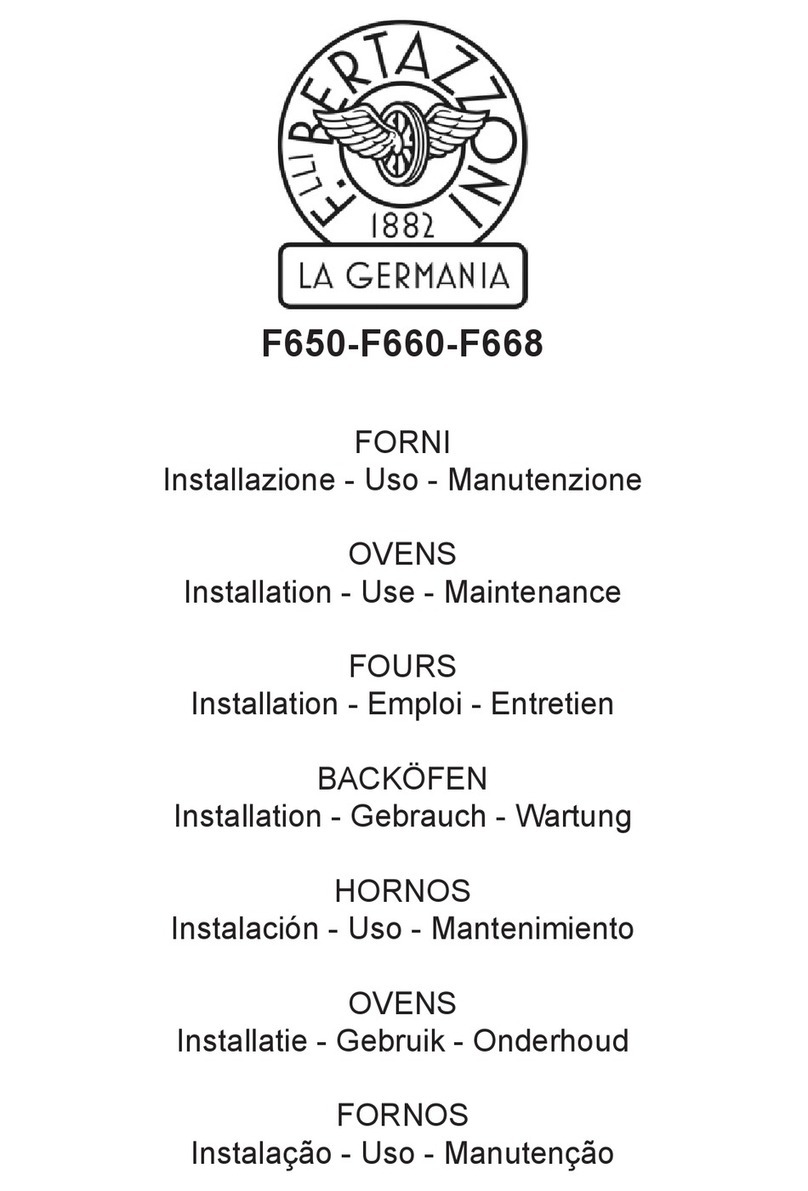
5
EN
/ Introduction
INTRODUCTION
GENERAL SAFETY INSTRUCTIONS
• During use, the appliance and its accessible
parts become very hot.
• Never touch the heating elements during use.
• Keep children under the age of eight at a
safe distance unless they are constantly
supervised.
• Children must not play with the appliance.
• This appliance may only be used by children
over the age of eight, and by people with
reduced physical, sensory or mental capacity,
or lacking in experience in the use of electrical
appliances, provided that they are supervised
or instructed by adults who are responsible for
their safety.
• Switch off the appliance after use.
• Cleaning and maintenance must not be carried
out by children without adequate supervision.
• Ensure that hot surfaces are allowed to cool
before proceeding to clean the appliance.
• Have installation and servicing carried out
by qualifi ed personnel in compliance with
applicable standards and legislation. Do not
try to repair the appliance yourself or without
the assistance of a qualifi ed technician.
• Gas appliances must only be connected up
and worked on by qualifi ed gas engineers,
who must be licensed and registered in most
jurisdictions.
• Pipes and hoses must not come into contact
with moving parts and must not be crushed or
pinched.
• Where required, use a pressure regulator
meeting the appropriate standards and
regulations.
• On completing installation, check for any leaks
with a soapy solution, never with a fl ame.
• Do not modify this appliance.
• Do not insert anything in the slots.
• Do not obstruct ventilation openings and heat
dispersal slots.
• If the power supply cable is damaged, contact
technical support immediately and they will
arrange for it to be replaced.
• Do not use abrasive or corrosive detergents
(e.g. scouring powders, stain removers and
metallic sponges) on glass parts.
• Do not sit or put any weight on the oven door.
• Do not use steam jets to clean the appliance.
• Do not use the appliance as a space heater
for any reason.
• In the event of breakage or cracking in the
glass, shut off the oven immediately and
disconnect it from the power supply. Contact
technical support.
• Sudden and extreme changes in temperature
can cause the glass to break – never pour
cold liquids onto the oven door.
• Using the oven generates heat and moisture –
keep the area well ventilated during operation.
• Never place fl ammable objects in the oven
• Do not open the door if smoke is coming out
of the oven. Shut the appliance off , isolate its
electrical connection and disconnect the gas
supply.
• The oven contains electronic components
which could interact with electronic medical
equipment such as pacemakers or insulin
pumps. Equipment of this type must be kept
at least 10 cm from the oven.
• Ensure that there are no trapped objects which
could prevent the oven door from shutting.
• The oven is not designed to operate with
timers or remote control systems.
• Plastic containers not designed for high
temperatures could melt, damaging the oven
or even catching fi re.
• Closed tins and jars could burst or even
explode if heated: never use the oven for
preparing or heating tins or jars.
• Keep the door seal clean to prevent heat
escaping and damaging adjacent units.
• Insert oven racks and trays all the way into
their guides to prevent damage to the door
when closing.





























